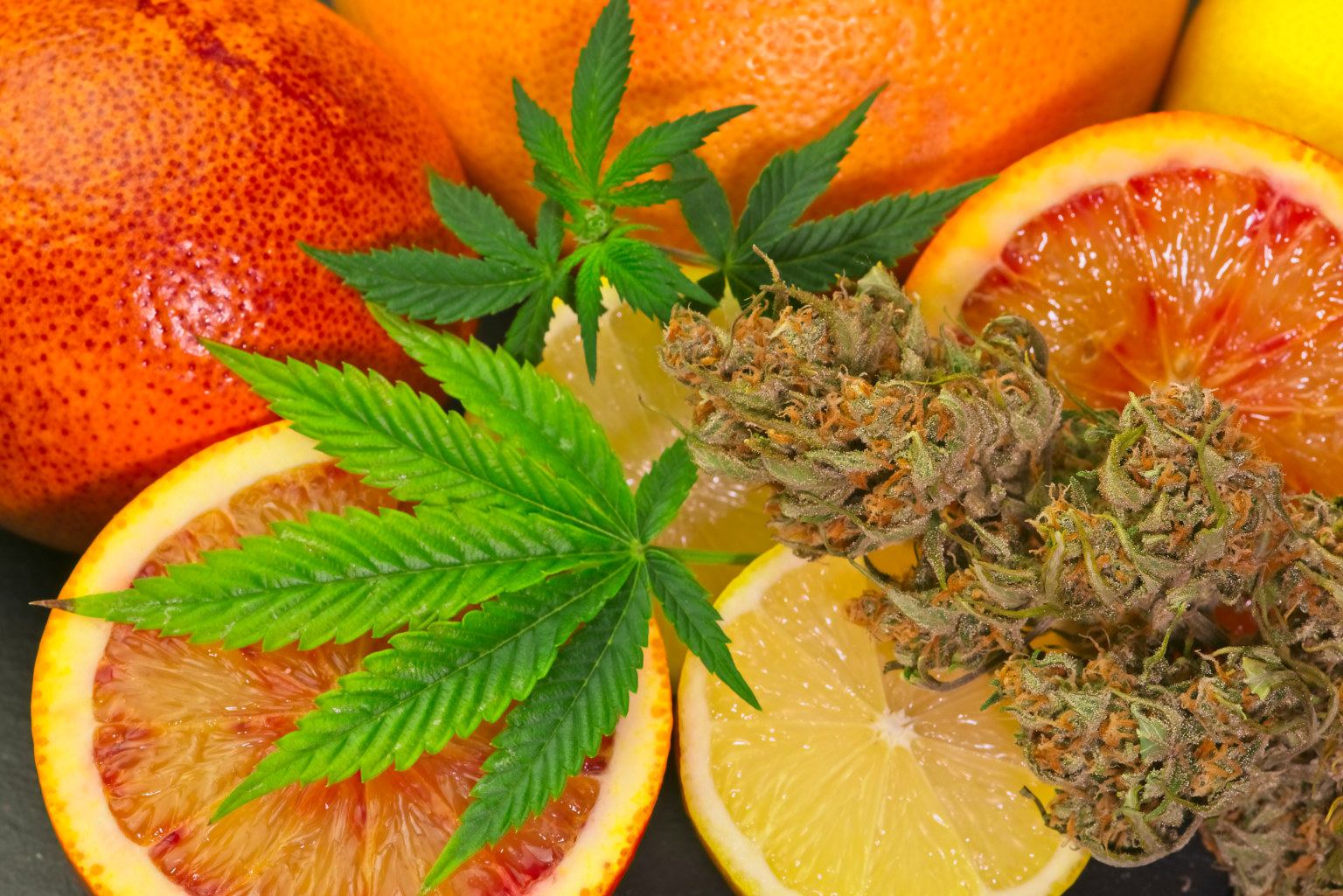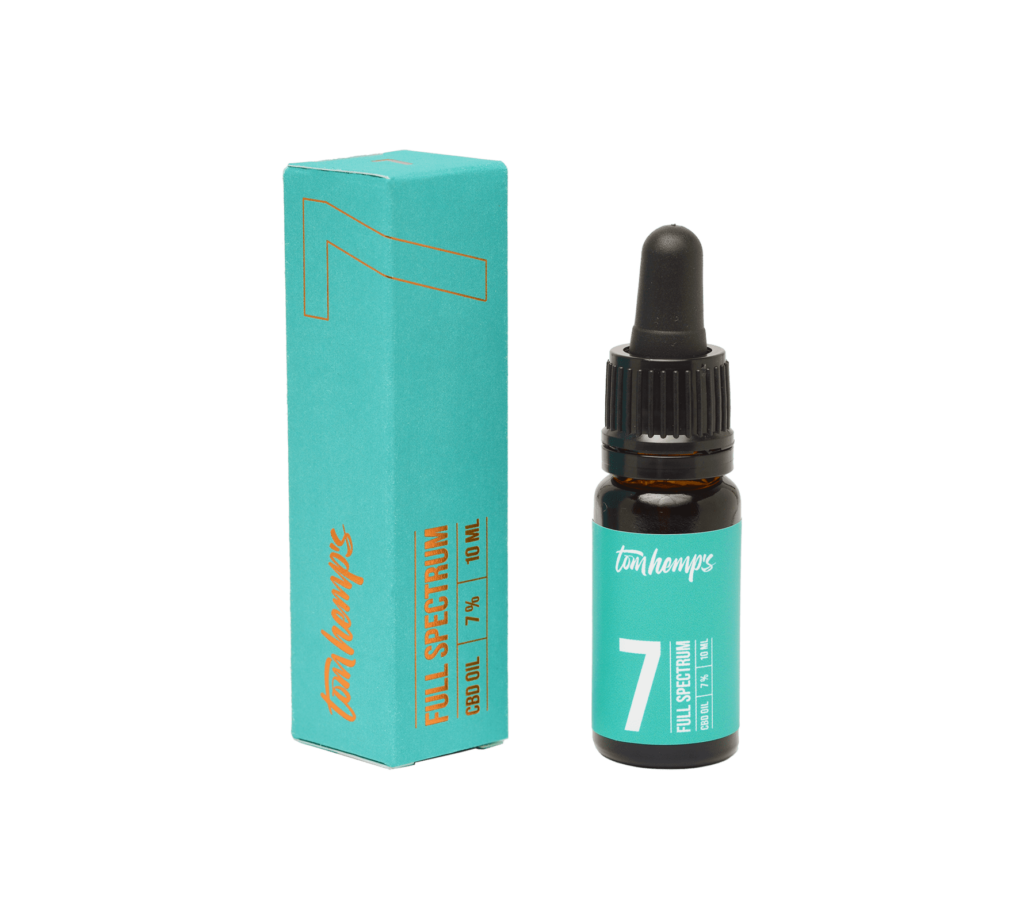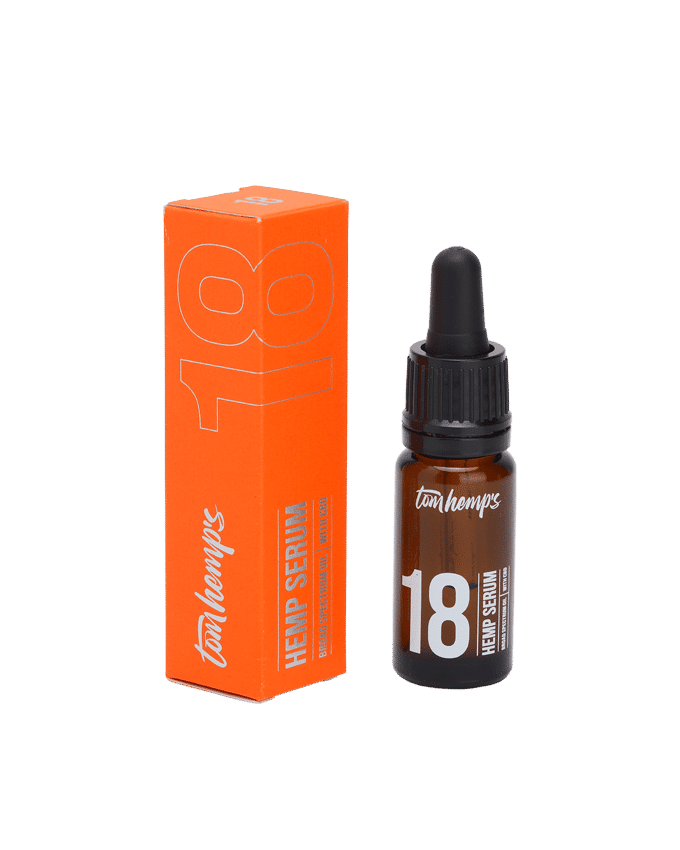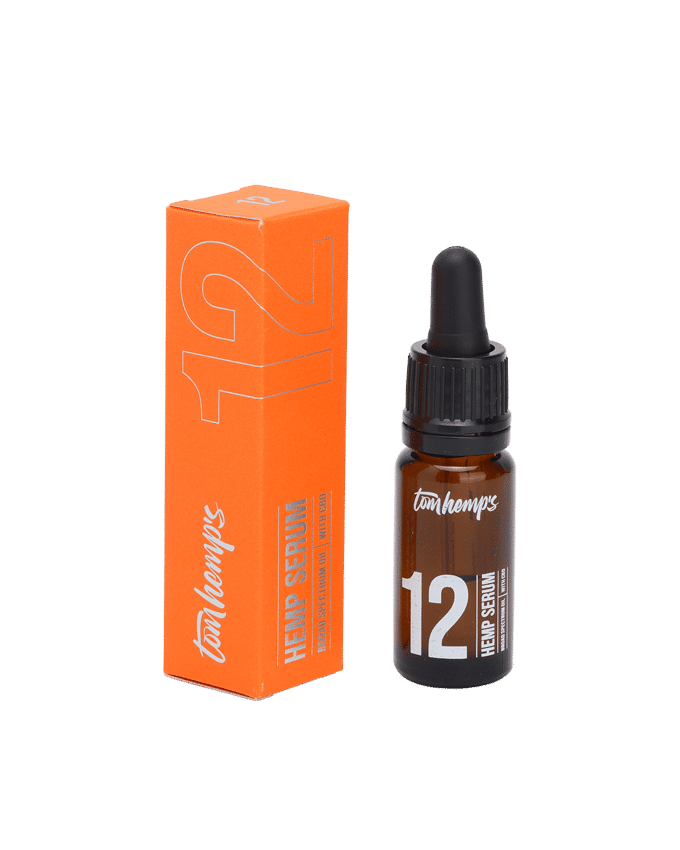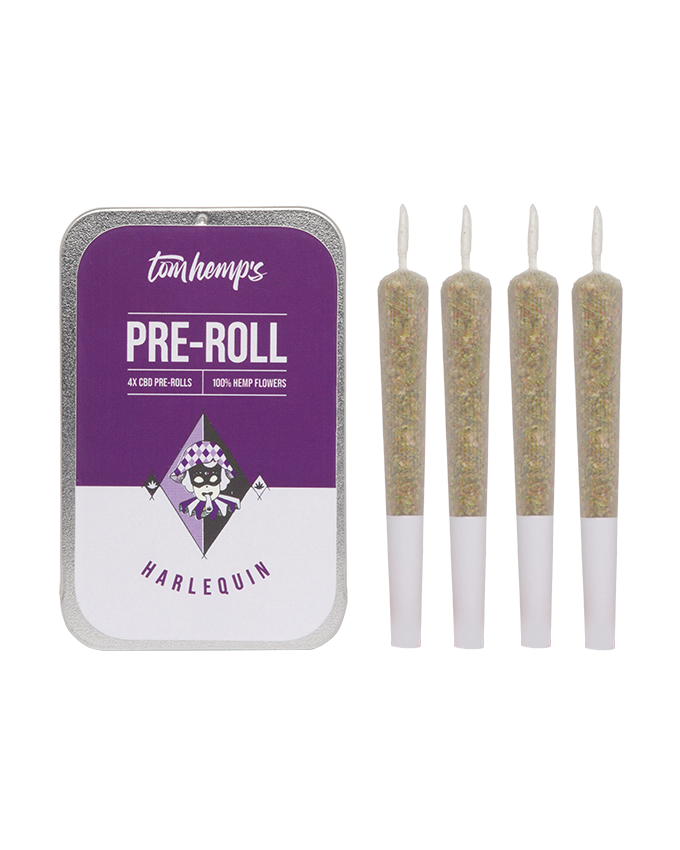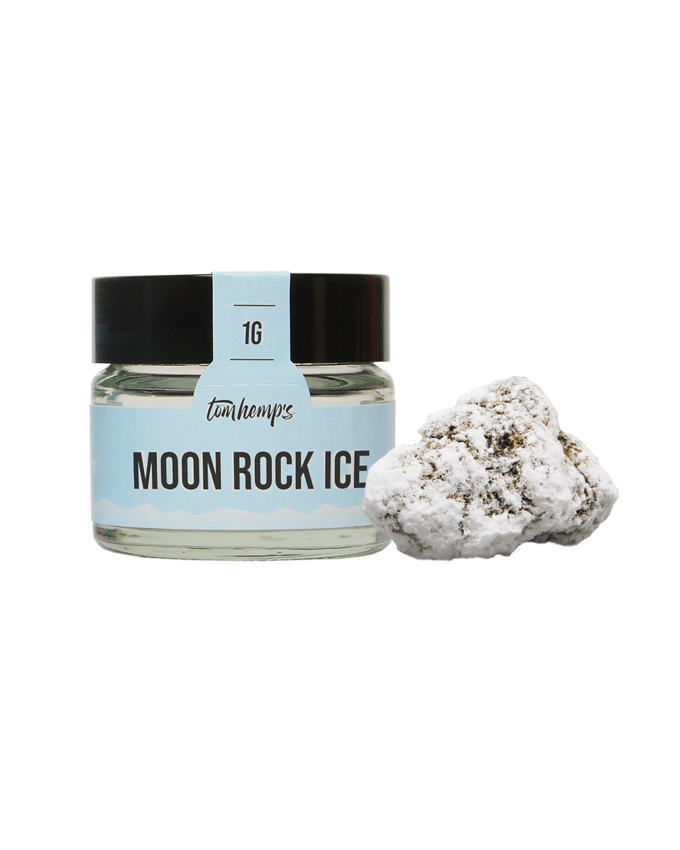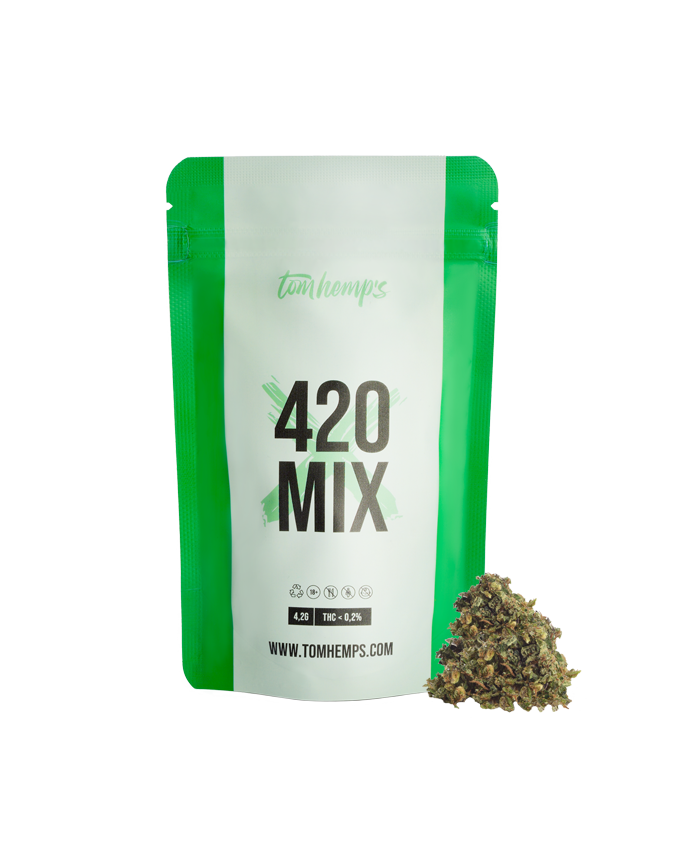Terpenes are the secret scent designers of the cannabis world. The smell of exotic perfumes reminiscent of fresh lemons, a hint of earthy pine forests, or a sweet breeze of tropical mangoes might not necessarily indicate you’re in a perfume shop. You could simply be in the realm of terpenes – the invisible artists behind the distinct scents and flavors of cannabis and CBD plants. These little chemical wonders are the true stars of the culinary and aromatic highlights cannabis has to offer. Every strain has its own olfactory signature, and it’s time to take a closer look at these terpenes. What are they exactly? And are they really necessary in hemp plants? One thing we can say for sure: Yes.
WHAT ARE TERPENES AND WHAT ROLE DO THEY PLAY?
Terpenes are natural compounds found in many plants. These aromatic hydrocarbons are present in the flowers, leaves, roots, resin, and fruits of plants. They are primarily responsible for a plant’s scent. With around 8,000 known terpenes, they share a similar base structure, though they vary in appearance and aroma. But why do plants emit these fragrant substances? Primarily, it’s a defense mechanism against pests. Sometimes, it’s also a stress response or a way to attract pollinators.
Terpenes aren’t just found in plants – they also appear in some animals, like insects, which use them for communication. What works in the plant and animal kingdom can also be beneficial for us in everyday life. Terpenes are commonly used in essential oils or even toothpaste due to their beneficial properties.
WHY ARE TERPENES IMPORTANT IN CBD?
In the Cannabis plant, terpenes play a particularly important role, as they not only play a role in the taste and taste of various cannabinoids, but can also have an influence on the therapeutic effects. Even the terpenes themselves are not psychoactive (i.e., they do not produce any “high” effect), but they also influence the effect of CBD and other cannabinoids. This is achieved by the so-called entourage effect, in which the various combinations in the Cannabis plant combine and strengthen or modify their individual influence.
COMMON TERPENES FOUND IN CBD PRODUCTS
There are over 100 different terpenes in cannabis, but some are particularly well-known for their health benefits. Here are a few of the most common terpenes found in CBD products and their potential effects:
- Myrcene
Aroma: Earthy, musky, with hints of bay leaves or spices.
Effects: Myrcene is one of the most common terpenes in cannabis and is associated with calming, pain-relieving, and anti-inflammatory properties. It may also improve sleep quality and induce relaxation.
Common in: Indica-dominant strains. - Limonene
Aroma: Citrus-like, similar to lemons or oranges.
Effects: Limonene has mood-boosting and stress-relieving properties. It may help reduce anxiety and improve overall mood. It also has anti-inflammatory effects.
Common in: Sativa-dominant strains and citrus fruits. - Pinene
Aroma: Fresh, piney, like a forest of pines or conifer trees.
Effects: Pinene is known for its anti-inflammatory and bronchodilator properties. It may help open airways and improve lung function. It’s also said to enhance focus and clarity.
Common in: Many cannabis strains, as well as other plants like rosemary and pine trees. - Linalool
Aroma: Floral, lavender-like.
Effects: Linalool is often associated with calming and anxiety-reducing effects. It may help relieve stress and promote relaxation, making it a popular terpene in sleep and calming products.
Common in: Indica strains and lavender. - Caryophyllene
Aroma: Spicy, peppery.
Effects: Caryophyllene is unique because it binds to the CB2 receptor in the endocannabinoid system, giving it anti-inflammatory and pain-relieving properties. It may help alleviate muscle tension and chronic pain.
Common in: Many cannabis strains, as well as black pepper, cloves, and cinnamon. - Terpinolene
Aroma: Floral, herbal, with a citrusy undertone.
Effects: Terpinolene is linked to antioxidant, antibacterial, and anti-inflammatory properties. It also has relaxing effects and may promote skin health.
Common in: Some Sativa strains and plants like thyme.
SYNERGY BETWEEN TERPENES AND CBD: THE ENTOURAGE EFFECT
The entourage effect refers to the idea that the various compounds in cannabis (like CBD, THC, terpenes, and other cannabinoids) don’t work in isolation, but synergistically. When combined, they create a more powerful and comprehensive effect than when used individually.
WHAT IS THE ENTOURAGE EFFECT?
First suggested by researchers Sharon and Raphael Mechoulam in the 1990s, the entourage effect describes how cannabinoids and other cannabis compounds work together to enhance and amplify each other’s effects. Research has shown that CBD products containing a variety of compounds, including terpenes, tend to offer stronger and more versatile effects.
EXAMPLES OF THE ENTOURAGE EFFECT BETWEEN TERPENES AND CBD:
- Myrcene + CBD
Effects: Myrcene’s sedative and anti-inflammatory properties can complement CBD’s pain-relieving and relaxing effects.
Synergy: The combination of myrcene and CBD could be particularly effective for pain management, inflammation, and sleep issues. - Caryophyllene + CBD
Effects: Caryophyllene’s anti-inflammatory and pain-relieving properties, combined with CBD, can increase the therapeutic effects of both compounds, especially for chronic pain and inflammation.
Synergy: This combination could be particularly helpful for treating conditions like arthritis or other chronic pain issues. - Limonene + CBD
Effects: Limonene’s mood-enhancing and anti-anxiety effects can work synergistically with CBD to boost mood and alleviate anxiety.
Synergy: This combination can be highly beneficial for individuals seeking support with stress, depression, or anxiety.
DO TERPENES WORK BETTER WITH CBD OR THC?
The question of whether terpenes work better with CBD or THC depends largely on personal needs and goals.
- CBD and Terpenes: Adding terpenes to CBD can be especially beneficial because CBD is non-psychoactive and has fewer side effects. Terpenes can help enhance specific therapeutic effects like pain relief, relaxation, or mood elevation.
- THC and Terpenes: THC produces psychoactive effects, so combining terpenes with THC may not be suitable for everyone, especially those sensitive to THC. However, terpenes can modulate THC’s effects, making them more balanced or even reducing some of its more intense psychoactive effects.
HOW ARE TERPENES ADDED TO CBD OIL? TERPENES IN DIFFERENT TYPES OF CBD OILS
The way terpenes are present in different CBD products depends largely on the extraction process and the type of product. The terms Broad-Spectrum CBD, CBD Isolate, and Full-Spectrum CBD refer to different extraction methods, each containing varying profiles of cannabinoids and terpenes. Let’s take a look at how terpenes differ across these three types of CBD:
- CBD Isolate
CBD isolate is the purest form of CBD and contains no other cannabinoids, terpenes, or plant compounds. It is created through a multi-step extraction process where everything that is not CBD (including THC, other cannabinoids, and terpenes) is removed.
Terpenes in CBD Isolate:
- None: A true CBD isolate contains no terpenes because they are removed during the extraction process.
- Impact: The lack of terpenes means that there are no aromatic compounds responsible for the characteristic smells and some of the potential health benefits. This may result in a less comprehensive therapeutic effect compared to other CBD products that harness the “entourage effect.”
Advantages:
- High purity (no THC or other cannabinoids).
- Ideal for individuals who wish to avoid THC or other cannabinoids.
- Lack of terpenes may be beneficial for those sensitive to certain smells or tastes.
- Broad-Spectrum CBD Oil
Broad-Spectrum CBD Oil contains many of the same compounds as Full-Spectrum CBD, but without THC. This means it includes a broad range of cannabinoids and terpenes from the cannabis plant, except for THC.
Terpenes in Broad-Spectrum CBD:
- Present: Terpenes are retained because they are extracted along with other cannabinoids.
- Benefits: Terpenes can offer a range of therapeutic effects, such as anti-inflammatory, pain-relieving, or calming properties, depending on the specific terpenes in the mixture.
- While THC is absent, the combination of CBD and terpenes can still produce an entourage effect, meaning the therapeutic potential of CBD is enhanced by the synergy with other plant compounds.
Advantages:
- No THC contamination (ideal for those who wish to avoid THC for legal or health reasons).
- Contains terpenes and other cannabinoids, allowing for an entourage effect, which may provide a broader range of benefits.
- Can offer a full range of health benefits without producing psychoactive effects.
- Full-Spectrum CBD Oil
Full-Spectrum CBD is the most comprehensive CBD product, containing all the natural cannabinoids, terpenes, and other plant compounds from the cannabis plant—including THC, but in very low amounts (typically below 0.3% in most countries to comply with legal regulations).
Terpenes in Full-Spectrum CBD:
- Complete Profile: Full-Spectrum CBD contains all the terpenes present in the cannabis plant unless they were removed during the extraction process.
- Impact: These terpenes are responsible for the characteristic aroma and flavor of cannabis and play a significant role in the entourage effect. They can enhance or modify the effects of CBD, offering additional therapeutic benefits.
- For example, limonene may have mood-boosting effects, myrcene could be relaxing and sleep-inducing, and caryophyllene might have anti-inflammatory effects.
Advantages:
- Complete profile of cannabinoids and terpenes that supports the entourage effect.
- Contains natural THC in minimal amounts, which can enhance the therapeutic benefits of CBD.
- Particularly beneficial for those seeking a full experience of the whole cannabis plant.
Comparison of Terpenes in the Three CBD Oil Types
| Aspect | CBD Isolate | Broad-Spectrum CBD | Full-Spectrum CBD |
| Cannabinoids | Only CBD | CBD + other cannabinoids (no THC) | CBD + all cannabinoids (including THC) |
| Terpenes | None | Yes, terpenes remain | Yes, all terpenes remain |
| Entourage Effect | No entourage effect | Possible entourage effect | Full entourage effect |
| THC | None | None | Yes, but in very low amounts (< 0.3%) |
| Effect | Only CBD effects | Broader CBD effects without THC | Full effects from all plant compounds |
Conclusion
Terpenes in CBD are more than just aromatic compounds – they play a crucial role in enhancing and modulating the effects of cannabidiol. Through the entourage effect, terpenes work alongside CBD to amplify its therapeutic benefits, significantly increasing the potential of CBD products. Terpenes like myrcene, linalool, or caryophyllene are the invisible superheroes of CBD products… because not all heroes wear capes.
